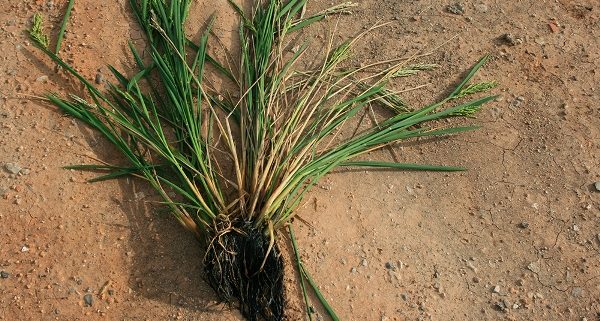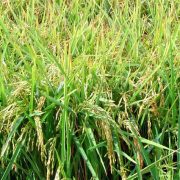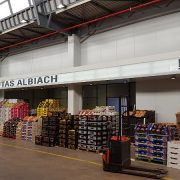Second consecutive year that rice Sclerotinia spreads in Valencia
The Valencian Farmers Association AVA-ASAJA has warned that this is the second consecutive year that propagates in the cultures of their autonomous region fungus Nakataea oryzae, which causes the disease Sclerotinia rice which end result is decay and death of infected plants. The farmers union has called attention to the absence of active substances to combat this scourge, which threatens to destroy the entire crop in affected areas so that farmers can only choose to burning, deep buried or withdrawal of straw .
The impact of this new plague on the Valencian rice was detected last year by the agricultural organization itself in some farms that had obvious problems of rot that did not respond to any pathogen established so far. After the necessary checks on the spot, technicians Valencian Institute of Agricultural Research (IVIA) concluded that damage obeyed to said fungus Nakataea oryzae, which has never before been expressed with such virulence in the Valencian rice field.
The researchers then recommended a number of control methods to deal with the new plague. Foliar fungicide applications were rejected from the outset, as farmers do not have today any active substance that is effective against Sclerotinia rice. Instead, the IVIA advised the need to remove the remains of the straw, which is where the fungus survives through incineration, deep buried them or their complete withdrawal of plots.
A field study developed by AVA-ASAJA notes that attacks of this fungus have been stopped in all those fields where last year the Department of Agriculture authorized the burning of rice straw, while the inoculum has continued demonstrating and extending this season in the other fields which were’nt incinerated exceptionally, especially on lands located in the Almenara marshlands.
AVA-ASAJA adds that other cultural practices suggested to deal with the disease have not proved viable in many cases. On the one hand, the rice farmers who have their farms near the lake can not bury the remains of straw to a sufficient depth as the soil layer does not usually exceed a few centimeters thick. Leave the remains buried at shallow depths, however, it favors the inoculum, the spread and penetration of the pathogen. Moreover, removal of straw is currently an unaffordable cost for most farmers, because there is no a storage system and profitable use of this type of waste.
This serious threat which the Valencian rice sector faces adds to the havoc caused this year by fungus Pyricularia, weed Leersya oryzae and aphids, warns the president of AVA-ASAJA, Cristóbal Aguado, who predicts “huge losses in the Valencian rice” if not undertaken urgently a specific plan of action to combat Sclerotinia rice, from the experiences of last season.
Source: AVA-ASAJA
















